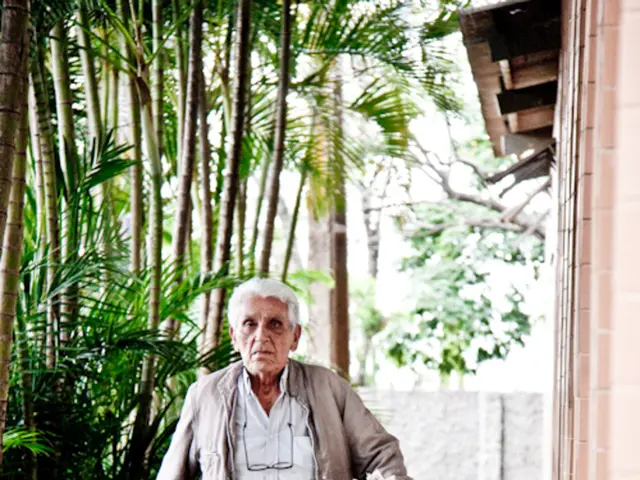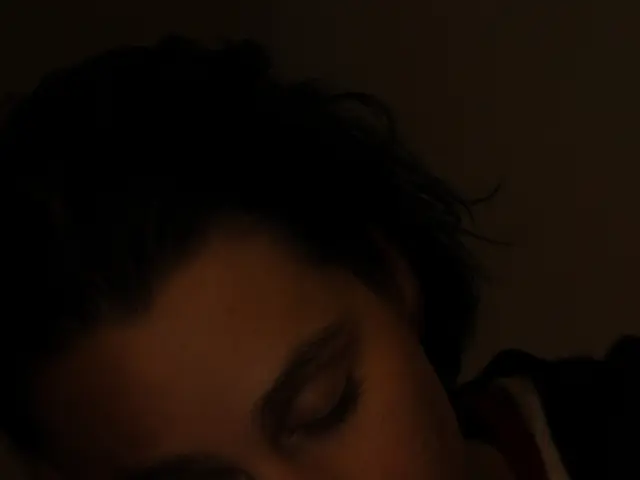Are cosmic rays potentially the energy source for life elsewhere in the universe?
Water, an essential ingredient for life, is not the only requirement for sustaining life beyond Earth. A groundbreaking concept, the Radiolytic Habitable Zone (RHZ), has emerged, offering a scientifically plausible environment for life in subsurface habitats on planets and moons where traditional energy sources like sunlight or geothermal heat are absent or limited.
The RHZ is a conceptual zone where life could be supported by chemical energy generated through radiolysis—the dissociation of water molecules induced by cosmic rays penetrating beneath the surfaces of planets or icy moons. This zone, first proposed in a recent study published in the International Journal of Astrobiology, redefines habitability by expanding it beyond the classical “Goldilocks Zone” to include subsurface environments where cosmic ray-induced radiolysis occurs.
In the RHZ, cosmic rays (high-energy particles from space) interact with subsurface water or ice, breaking water molecules into reactive radicals and releasing electrons through radiolysis. These electrons and radicals create a chemical energy source that certain microorganisms can harness for metabolism, similar to how plants use sunlight energy. This mechanism allows microbial life to potentially survive in environments completely devoid of light and at low temperatures.
This process could support life beneath thick ice shells or planetary surfaces in our solar system, particularly on Europa and Enceladus—moons of Jupiter and Saturn that have subsurface oceans beneath icy crusts—and Mars, where the thin atmosphere allows cosmic rays to reach meters below the surface, potentially sustaining microbial life underground through radiolysis energy.
Simulations estimate that Enceladus has the strongest potential for supporting life via this energy mechanism, followed by Mars and Europa. Research further quantifies possible microbial biomass and ATP (energy currency of cells) production supported by radiolytic electrons, suggesting that bacterial cell densities could be maintained at various depths in these subsurface environments.
The search for life beyond Earth has traditionally focused on planets in the habitable zone, orbiting their stars at a distance that allows water to exist on the surface. However, the RHZ concept challenges these assumptions and rethinks our place within the universe.
Several missions are preparing to explore the subsurface of Mars, offering the potential for our first real glimpse into Mars' hidden biosphere within the next decade. The European Space Agency's Rosalind Franklin rover, launching in 2028, is equipped with a drill that can reach two meters beneath the Martian surface. China's Tianwen-3 mission will also collect and return subsurface samples from Mars.
Meanwhile, at NYU Abu Dhabi, a planetary simulation chamber is being built to recreate the environments of Europa and Enceladus, helping us better understand how microbial life might behave under such conditions and guide the design of future instruments. The research on the RHZ is being conducted at NYU Abu Dhabi, a research environment that values curiosity-led science.
The UAE's scientific community is tightly connected and encourages innovation. The Emirates Mars Mission successfully placed the Hope Probe in orbit around Mars in 2021, and the UAE is planning a mission to the asteroid belt, launching in 2028 and running until 2035.
If microbes can harvest energy from radiation using biochemical processes, it could lead to the development of bio-inspired batteries or novel electron-harvesting systems. Moreover, the RHZ research could potentially answer questions about how life began.
In a South African gold mine, 2.8 kilometers beneath the surface, a bacterium named Candidatus Desulforudis audaxviator was discovered, which survives in total darkness and draws energy not from the Sun but from radiation in the surrounding rocks. This discovery was the inspiration for the RHZ concept.
In conclusion, the Radiolytic Habitable Zone offers a promising new frontier for astrobiology, broadening the astrobiological search to many icy worlds and subterranean niches in our solar system. The RHZ's exploration could revolutionise our understanding of life beyond Earth and potentially redefine our place within the universe.
Read also:
- Skincare products, including an anti-sebum cream, cleanser, and moisturizer, embolden a positive outlook towards one's skin.
- Fraudulent misappropriation of funds intended for terminally ill adolescents in Munich
- Woman in Texas files lawsuit against Marine, alleging drug-laced beverage with aborted fetus medication
- Instructions for Harmonizing Fitbit with Your Apple Device





